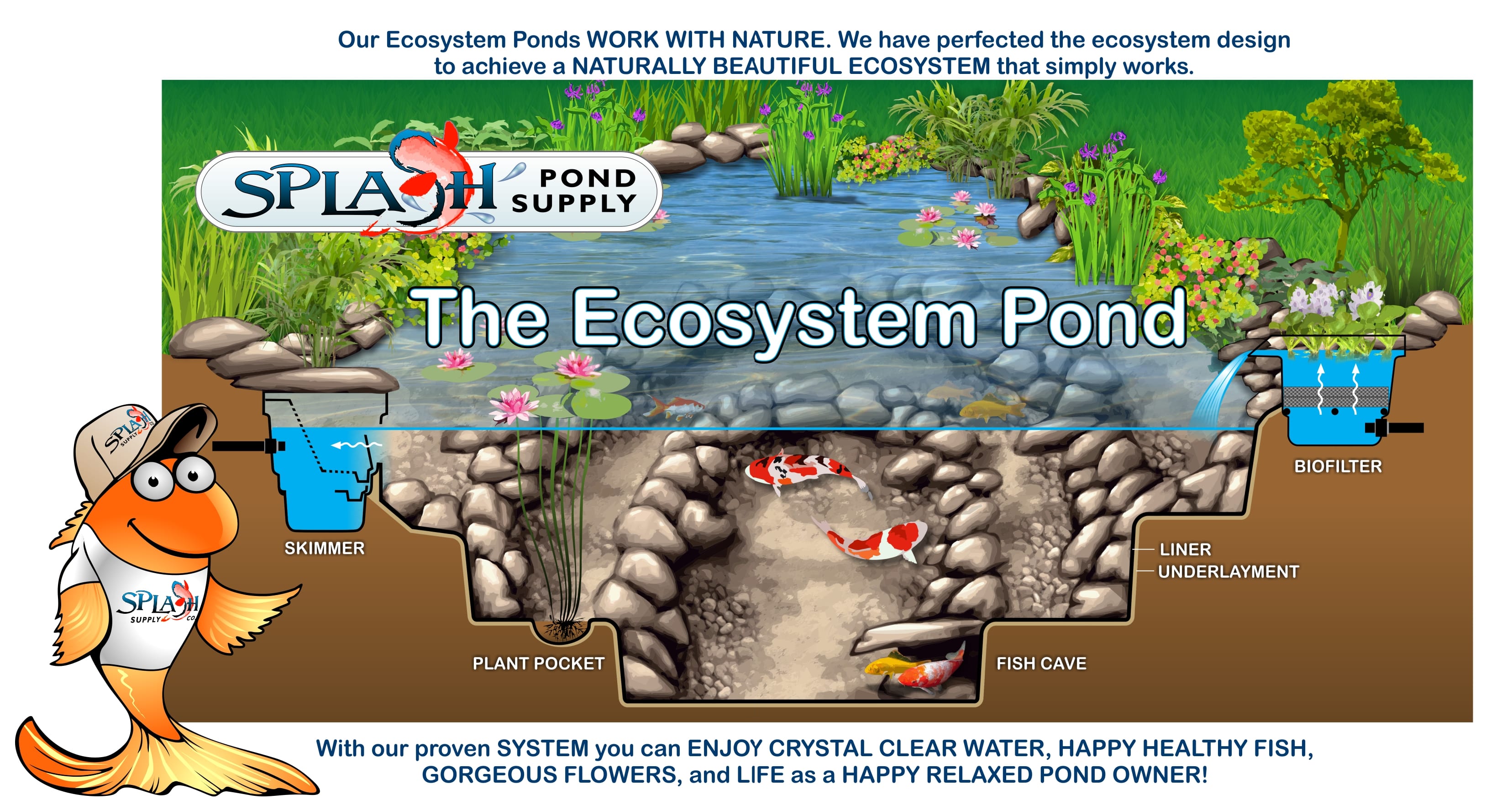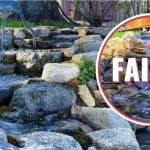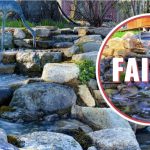Creating a pond ecosystem can be a rewarding and fulfilling experience. Not only does it add natural beauty to your surroundings, but it also provides a habitat for a variety of plants and animals. In this guide, we will walk you through the step-by-step process of building a pond ecosystem, from planning and construction to maintenance and care.
Step 1: Planning Your Pond
Before you start digging, it’s essential to plan your pond carefully. Consider the size, location, and purpose of your pond. Determine whether you want a small decorative pond or a larger, more functional ecosystem. Take into account the amount of sunlight the area receives, the type of soil, and the availability of water sources.
Make a rough sketch or layout of the pond, marking the areas for shallow and deep water, planting zones, and potential wildlife habitats. This will serve as a blueprint for the construction phase.
Step 2: Digging and Shaping the Pond
Once you have a clear plan in place, it’s time to start digging. Use a shovel or, for larger ponds, consider renting a small excavator. Start by outlining the shape of the pond using a garden hose or spray paint. This will help you visualize the pond’s size and shape before digging begins.
When digging, create varying depths within the pond to accommodate different types of aquatic plants and wildlife. Shallow areas provide breeding and feeding grounds for amphibians and insects, while deeper areas can support fish and other aquatic creatures.
Be mindful of the soil you remove during excavation. You can use this soil to create berms around the pond or to build up planting areas. This will help integrate the pond into the surrounding landscape and create a more natural look.
Step 3: Installing a Pond Liner
For most backyard ponds, a flexible pond liner is the best option for holding water. Once the pond is excavated and shaped, carefully lay the pond liner over the hole, making sure it fits snugly into all the nooks and crannies. Smooth out any wrinkles or folds to prevent punctures and leaks.
There are various types of pond liners available, including rubber, PVC, and EPDM. Choose a liner that is durable, UV-resistant, and fish-safe. Be sure to leave some excess liner around the edges to allow for adjustments and secure the liner in place with rocks or other heavy materials.
Step 4: Adding Rocks, Gravel, and Substrate
Enhance the natural look of your pond by adding rocks, gravel, and substrate to the bottom and edges. These materials not only provide aesthetic appeal but also create hiding places for wildlife and beneficial bacteria to thrive.
Use a variety of sizes and shapes of rocks to create interest and texture. Larger rocks can be placed around the edges to secure the pond liner and create a transition between the water and the surrounding landscape. Gravel and substrate can be added to the bottom of the pond to create a suitable environment for aquatic plants and microorganisms.

Credit: splashsupplyco.com
Step 5: Introducing Aquatic Plants
Aquatic plants play a crucial role in maintaining a healthy pond ecosystem. They provide oxygen, filter water, and create habitat for various organisms. When selecting plants for your pond, consider a mix of submerged, floating, and marginal plants to create a balanced ecosystem.
Submerged plants such as anacharis and hornwort oxygenate the water and provide cover for aquatic creatures. Floating plants like water lilies and water hyacinth help shade the water, reduce algae growth, and provide habitat for small fish and invertebrates. Marginal plants such as cattails and irises thrive in shallow water and help stabilize the pond’s edge while providing habitat for frogs and other wildlife.
Step 6: Introducing Fish and Wildlife
If you plan to add fish to your pond, consider species that are well-suited to the size and depth of your pond. Koi and goldfish are popular choices for backyard ponds, as they are hardy, colorful, and relatively easy to care for. Before adding fish, be sure to acclimate them to the pond water temperature to reduce stress and increase their chances of survival.
Attracting wildlife to your pond can also enhance the ecosystem. Amphibians, birds, and insects will naturally find their way to the pond if suitable habitat is provided. Consider adding floating platforms for turtles, nesting boxes for birds, and rocks or logs for amphibians to bask and hide.

Credit: www.youtube.com
Step 7: Maintaining Your Pond Ecosystem
Once your pond ecosystem is established, it’s essential to maintain it properly to ensure its health and longevity. Regular maintenance tasks include removing debris, controlling algae, and monitoring water quality.
- Remove fallen leaves, twigs, and other organic matter from the surface of the pond to prevent nutrient buildup and oxygen depletion.
- Control algae growth by maintaining a balance of plants, fish, and beneficial bacteria. Consider adding a pond skimmer or using natural algaecides to keep algae in check.
- Monitor water quality parameters such as pH, ammonia, nitrite, and nitrate levels to ensure a healthy environment for aquatic life.
Step 8: Enjoying Your Pond Ecosystem
Once your pond ecosystem is established and thriving, take the time to sit back, relax, and enjoy the natural beauty and tranquility it provides. Whether it’s watching fish swim lazily through the water, listening to the chorus of frogs at night, or observing the colorful blooms of water lilies, a pond ecosystem can bring joy and a sense of connection to the natural world.
By following these steps and caring for your pond ecosystem, you can create a vibrant, biodiverse habitat right in your own backyard. With proper planning, construction, and maintenance, your pond ecosystem will continue to evolve and provide enjoyment for years to come.
— This comprehensive guide provides a step-by-step approach to building a pond ecosystem, from planning and construction to maintenance and care. Whether you’re a novice pond enthusiast or an experienced hobbyist, creating a thriving pond ecosystem can be a fulfilling and rewarding endeavor.




